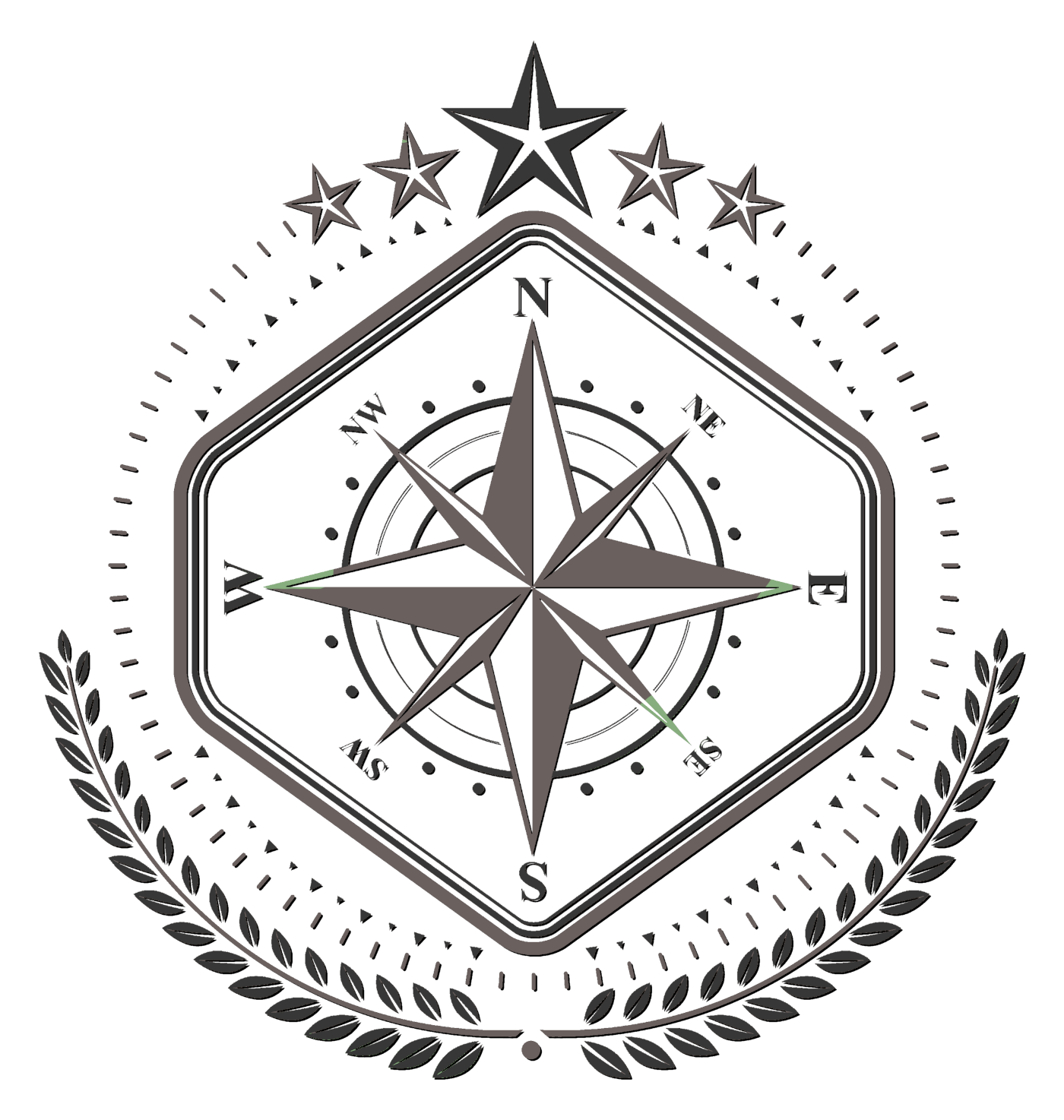RunningWolf wrote:
I have a few ideas of weapons that would work well and be pretty cool in place of cannons such as: Ballistae (as in giant crossbows)
Those were used by the Romans; I don't think they were used ship-to-ship, because they're so slow to reload and hard to aim, and the Romans' ships weren't all that maneuverable anyway.
RunningWolf wrote:
repeating crossbows that are mounted in such a way that they can swivel around like a machine gun (

awesome, I say)
As cephron pointed out, your power is limited by your draw strength, and a repeating weapon is inherently less powerful than an otherwise-equivalent non-repeating version. And I'd think a weapon that's fixed at a point but rotating freely could be a liability (or at best not very useful) on a platform that
moves ... And also note that a repeating ballista (an
automatic repeating ballista, at that!) was invented in the third century BC by Dionysus of Alexandria.
RunningWolf wrote:
slingshot type things and catapultish things...
If you had them fixed and set to do the equivalent of broadsides, those might work, but again you've got trouble working on an unstable platform.
RunningWolf wrote:
Has anyone else gone through this sort of thing? Discuss?

I'm fairly sure that the ancient Greeks and Romans and their contemporaries tended to just use rams and personal ranged weapons, and to lock on to the other ships and board them. If their
ships had been as good as the sailing ships that were eventually equipped with cannon, their tactics would have been very different, which is well worth speculating about.
cephron wrote:
1. If the ships are made out of wood, incendiary weapons are great. Ballista bolts designed to get caught in sails/rigging could be lit on fire before being launched. Clay pots of oil could be launched from catapults (like in the movie Gladiator, or the naval battle in Ben Hur).
Those were, I think, more or less standard practice in the ancient world ... but the wood of a ship itself tended to be somewhat fire-resistant, perhaps from the contact with the salty air, perhaps from whatever was used to waterproof it. (Which is why Greek fire was the super-weapon of the ancient world ... it could sit on something that had been fireproofed and
keep burning until it overcame the resistance.)
cephron wrote:
2. Ballista bolts with grappling hooks and cables attached (think Helm's Deep) could be used to try to pull rigging down, or if fired from higher up, used as zip lines for boarding enemy ships.
The trouble with zip-lines is getting
back 
But grappling hooks were often (
usually, I think ...) to pull the enemy ship close enough to board.
cephron wrote:
3. What sort of strength are you using to reload the repeating crossbow? With Chinese Chu-ko-nu's, it's the pump action of a single human arm--not very powerful, resulting in range and accuracy even lower than a longbow.
"even lower than a longbow"? The (English) longbow was
the master weapon of the medieval era (while they had sufficient yew to
make them, anyway ...), with (in the hands of a trained archer) unparalleled range, accuracy, and rate of fire. The reason crossbows and muskets replaced it is that they don't require so much training.
cephron wrote:
Finally, what sort of targets are you hoping to hit with this bow? I don't think it would be powerful enough to do much damage to the ship,
Indeed. Even cannons had less effect on a standard wooden ship than you'd expect ... it was the cumulative effect of a series of broadsides that would cripple a ship. (Or sparks setting the rigging on fire ...)
cephron wrote:
If the bolts were bladed instead of arrow-tipped, then perhaps they could cut down more than one person
That's the one advantage that I can see of ballistae (or other siege engine) over longbows (or even crossbows) ... the necessary angle is lower, so a double-hit is even
possible.
cephron wrote:
or used to deliberatly cut ropes in the enemy ship's rigging.
That'd require
really accurate and
really lucky shooting ... shooting from one moving platform into another, trying to hit something only about twice as wide as the arrow ..
RunningWolf wrote:
I also like the idea of destroying the rigging, if this was done effectively enough, then those aboard would be at the mercy of those that still have sails...
As far as I know, it was standard practice to
try to destroy the enemy's sails---not an easy proposition. But in the ancient world sails were secondary anyway (Roman ships were known by how many
levels of oars they had), as they didn't know how to sail into (or even across, really) the wind ... and naval battles tended to be like a lot of land battles (rush towards each other and hope the first impact broke them, then hack at them until one side is destroyed). And so some battles turned on which side could destroy more of the other's
oars. Also, destroying the sails would leave the ship at the mercy of those with sails (provided they had the wind ...) for the battle, but they would (at least in the Age of Sail, which was post-gunpowder) carry more than one set of sails (for different conditions, if nothing else).
RunningWolf wrote:
I've thought it'd be cool to make the bolts very sharp and streamlined so that they would go deep into the wood of a ship
A ship's hull is designed to be hard to puncture; bolts of any sort tended to bounce, not stick. There's a reason grappling hooks were thrown
across an enemy deck, then dragged back until they caught on something.
RunningWolf wrote:
and have pores through which some flammable substance (that I may have to invent if I can't find a real thing that would work for this) has been packed into, making a fire-bolt that would be capable of setting something on fire without additional flammable weapons.
Your standard flaming arrow was an arrow wrapped in cloth soaked in oil then set alight. I'd expect any wood that would absorb enough oil in
itself to work as a flaming bolt wouldn't be hard enough to work well as a projectile. And also, you don't want fire anywhere
near a crossbow, which is a complicated machine made almost entirely of thoroughly oiled and polished wood, rather like a ship's deck except probably polished with a flammable rather than flame-resistant polish.

RunningWolf wrote:
Your idea about cutting ship's rigging with bolts made me think of like disc-shaped ninja star type things...
The trouble is, as usual, how to get them there
hard enough and
accurately enough.
RunningWolf wrote:
Oh, and I don't know, do you think a bolt that is basically a spike with sharp blades at the back for fletching would fly well and go through more than one person? That'd be a really neat weapon too, I'll make a note of that!
I know they made metal crossbow bolts; as I noted, a crossbow bolt (even a metal one) would be unlikely to pass through one target to hit another. And I'd think that sharpness and aerodynamics of the vanes (or whatever you call them when they're not feathers ...) would be unlikely to converge ... and you also don't want to be cutting the hands of the person loading the crossbow, who
will be in a hurry ...


 awesome, I say), slingshot type things and catapultish things...does anyone have thoughts about the feasibility of any of these ideas? Does anyone know of books that have stuff like this on ships? Has anyone else gone through this sort of thing? Discuss?
awesome, I say), slingshot type things and catapultish things...does anyone have thoughts about the feasibility of any of these ideas? Does anyone know of books that have stuff like this on ships? Has anyone else gone through this sort of thing? Discuss? 

